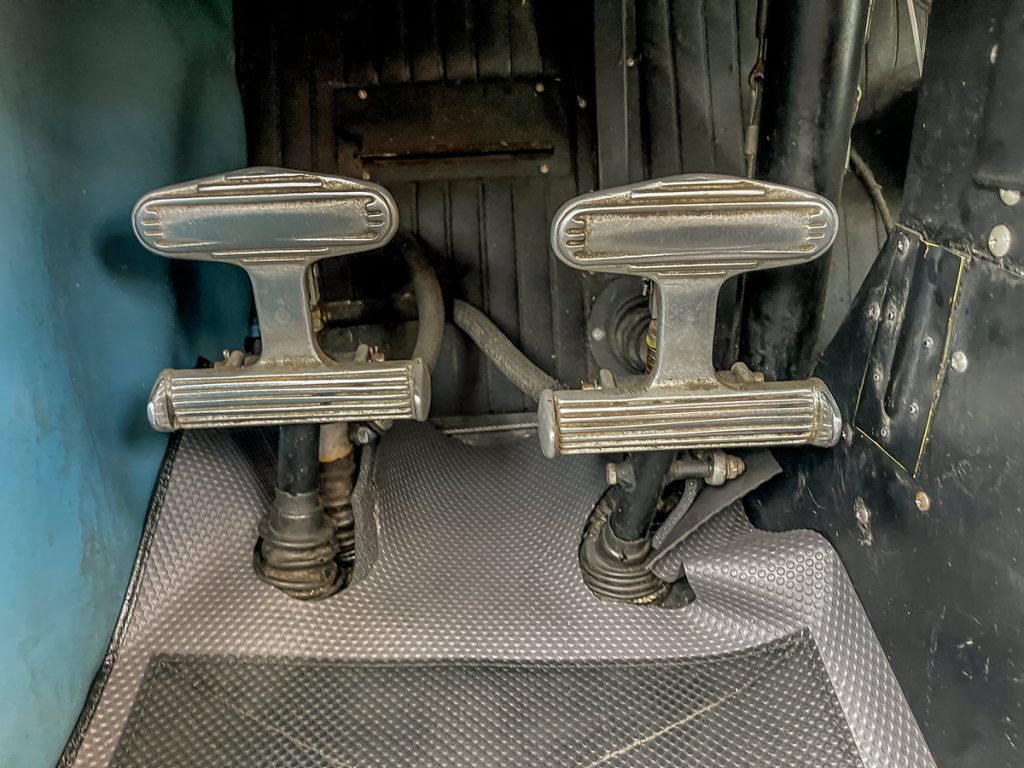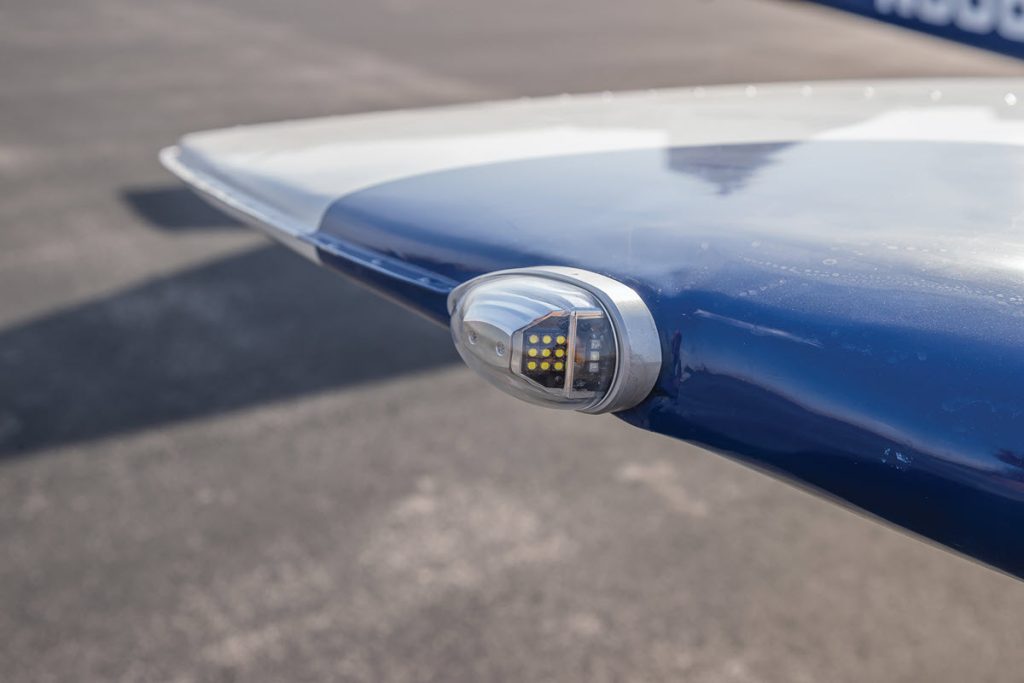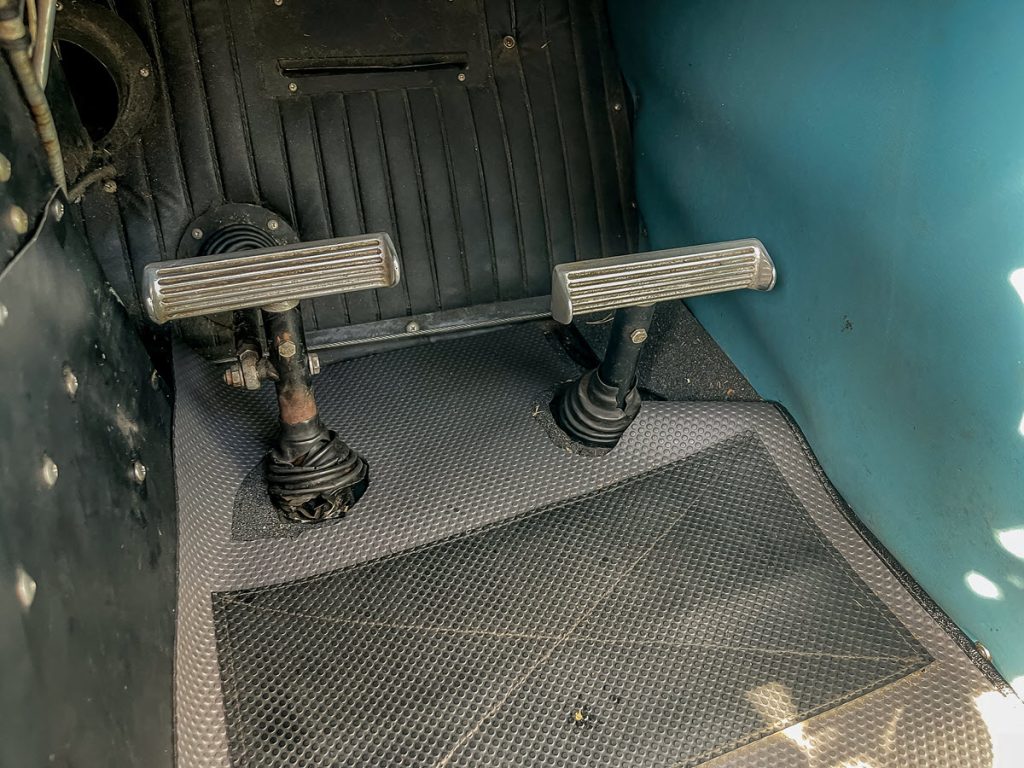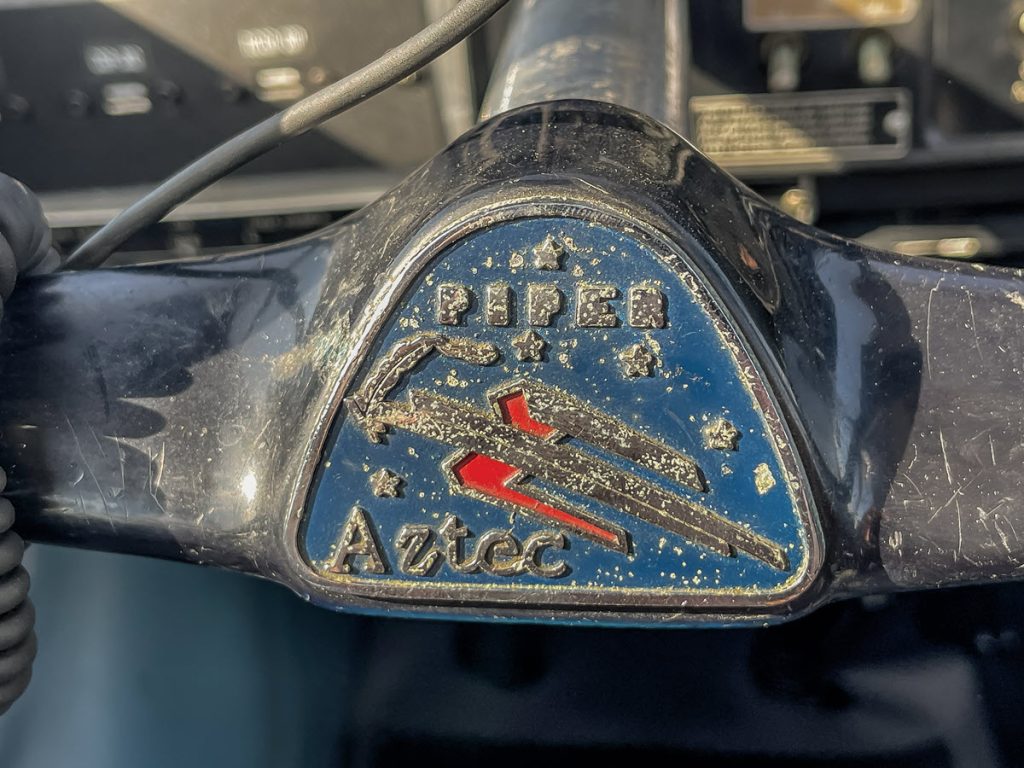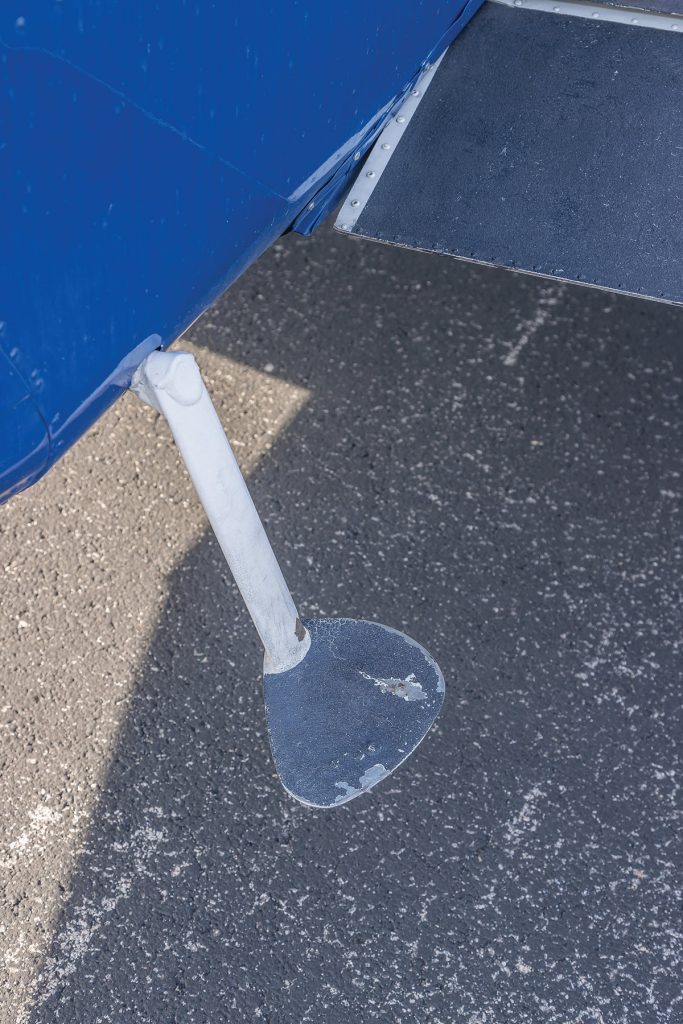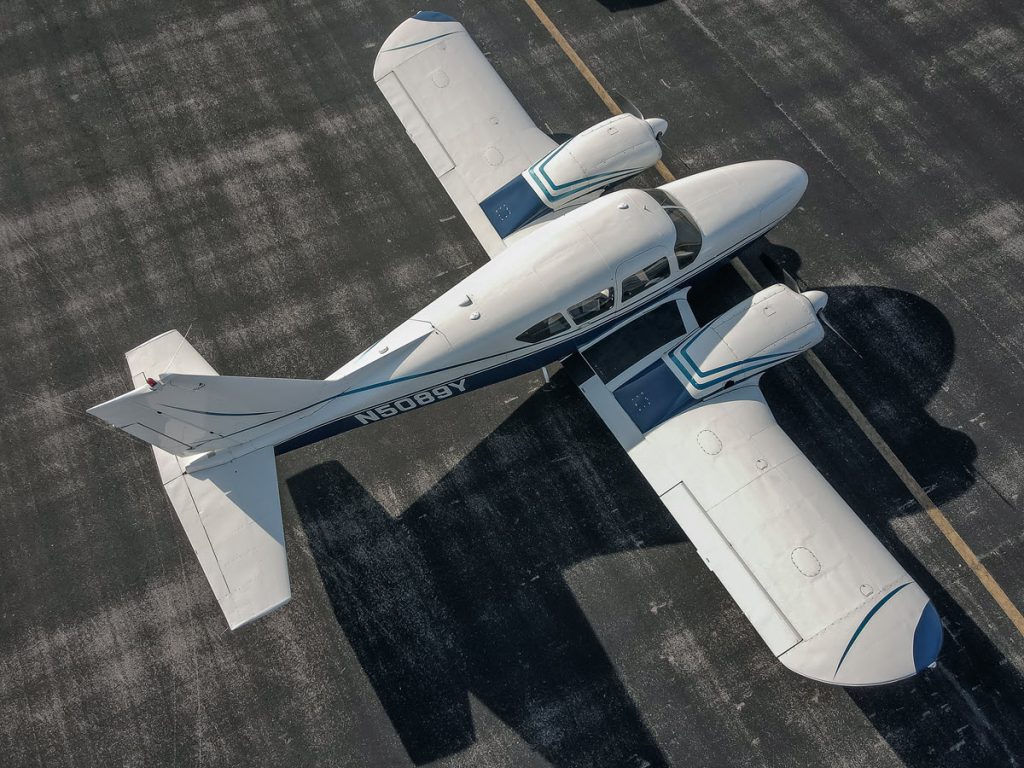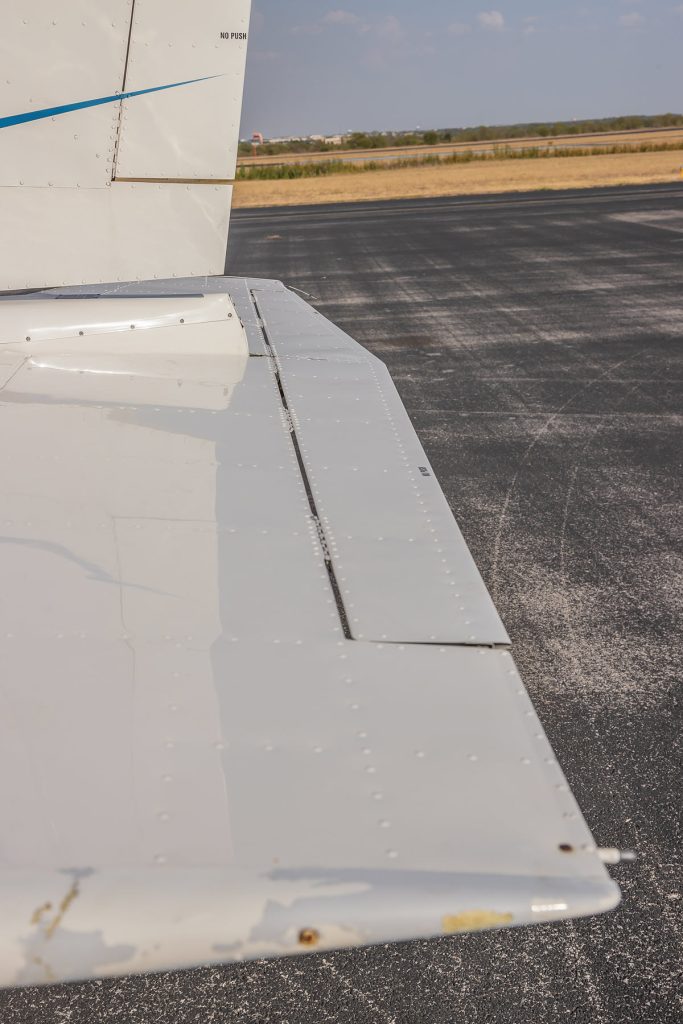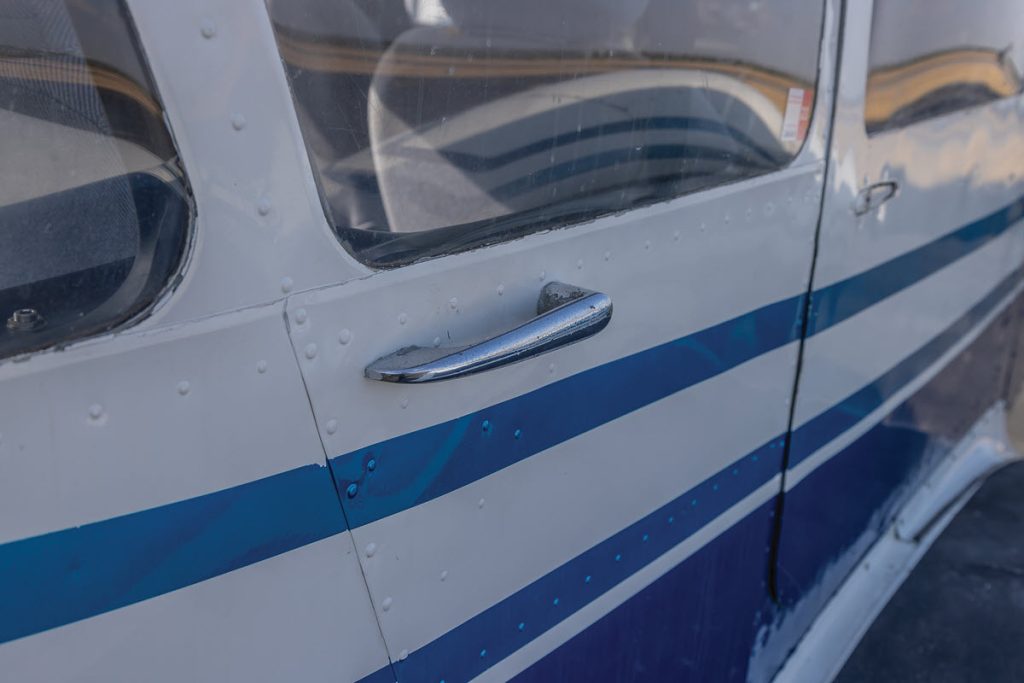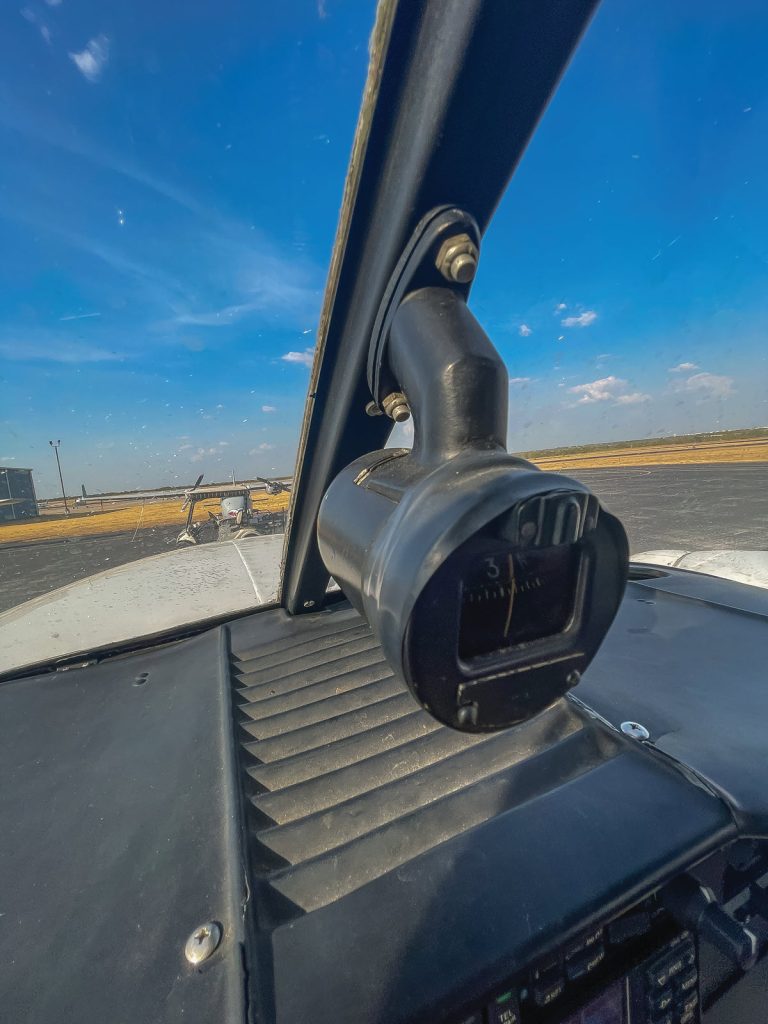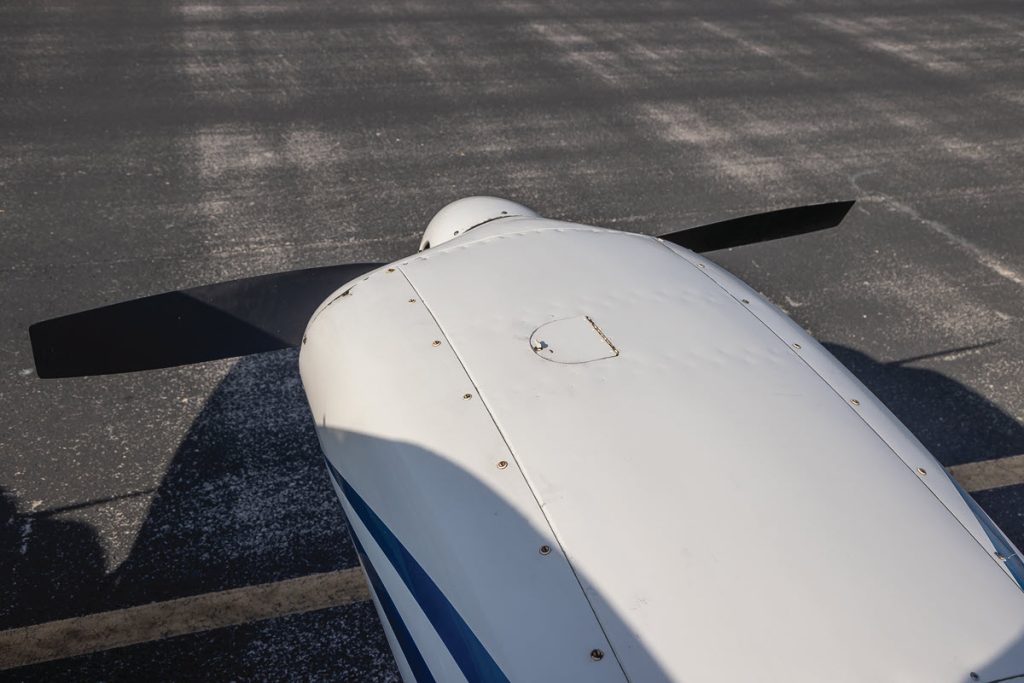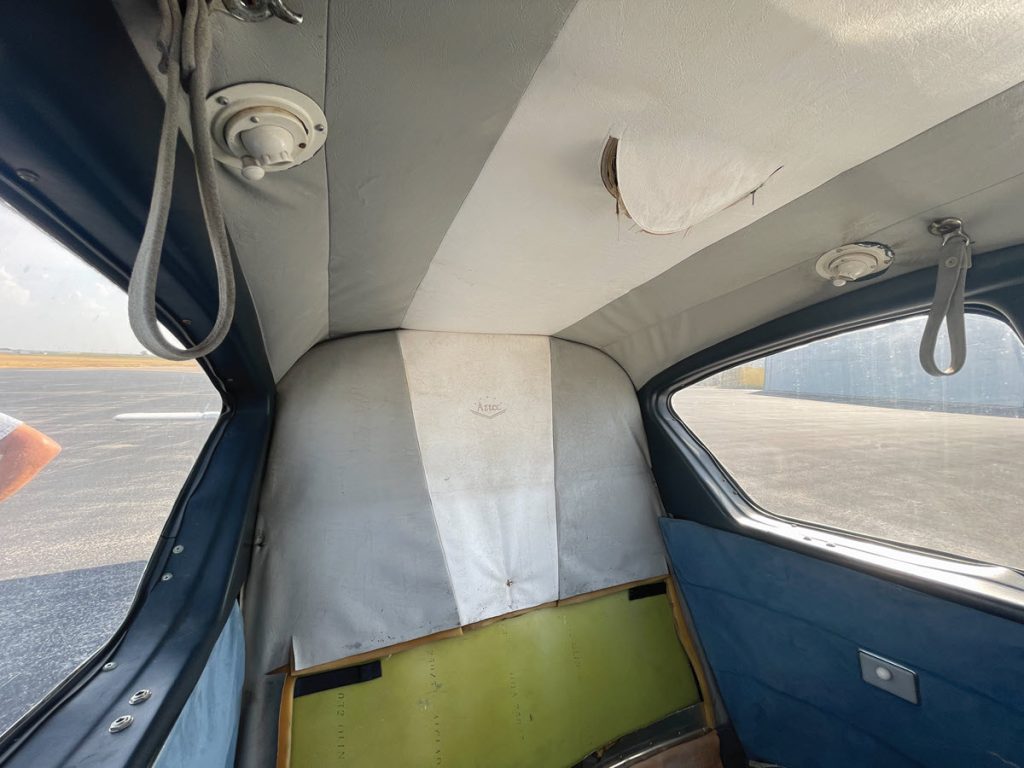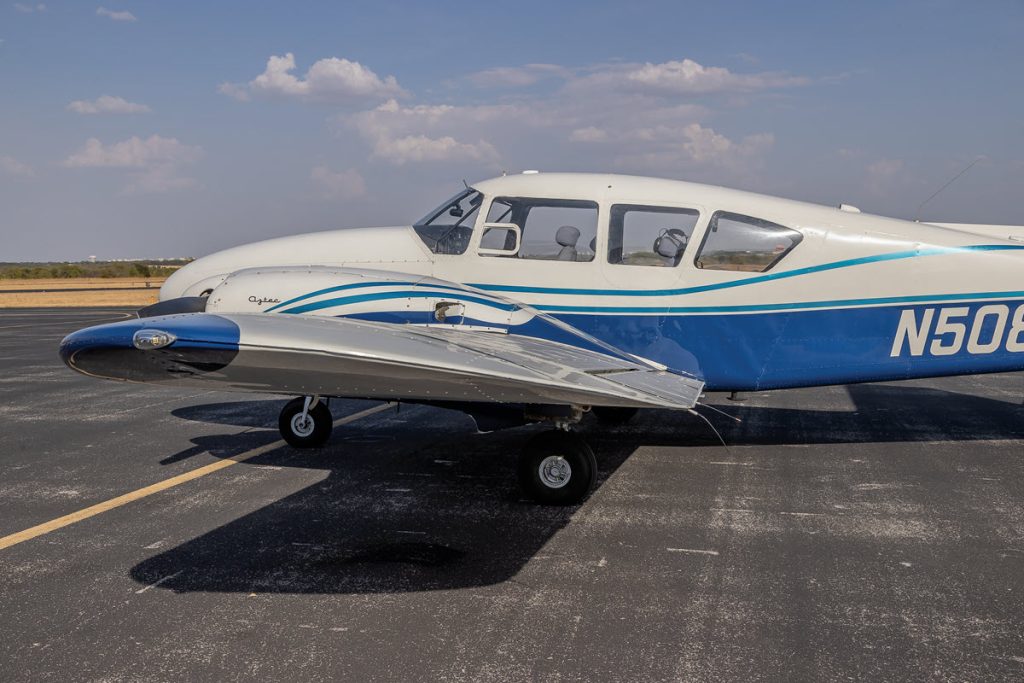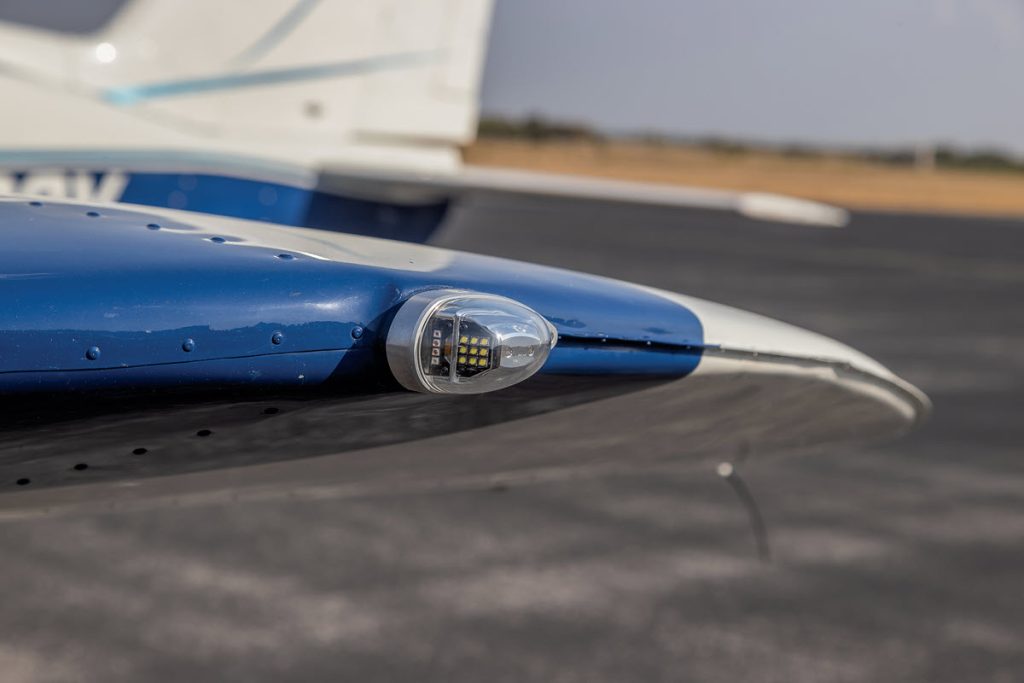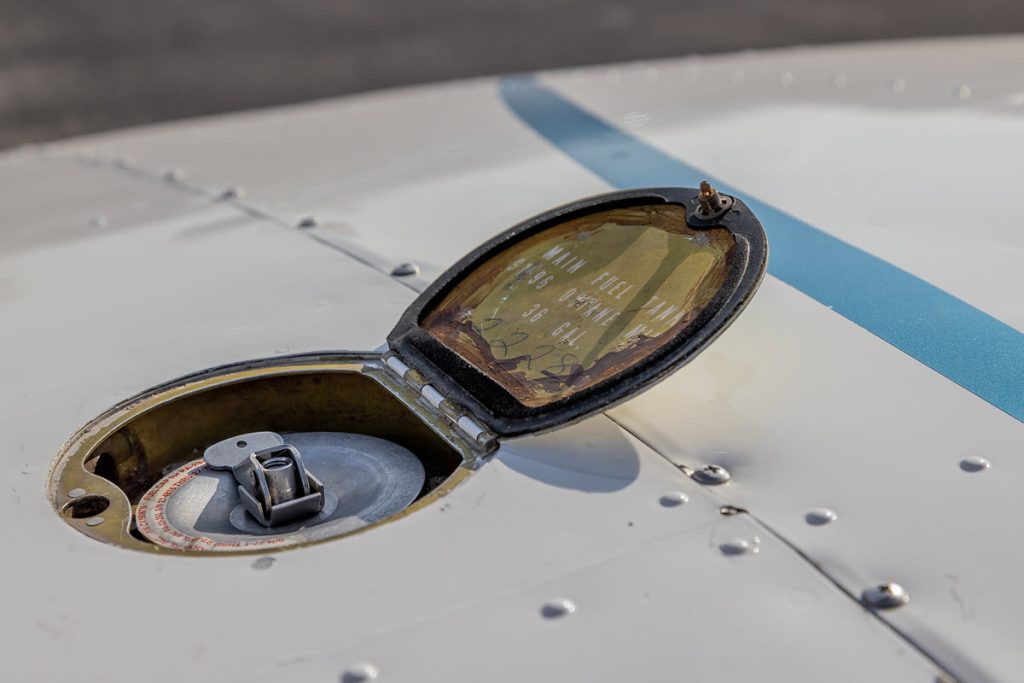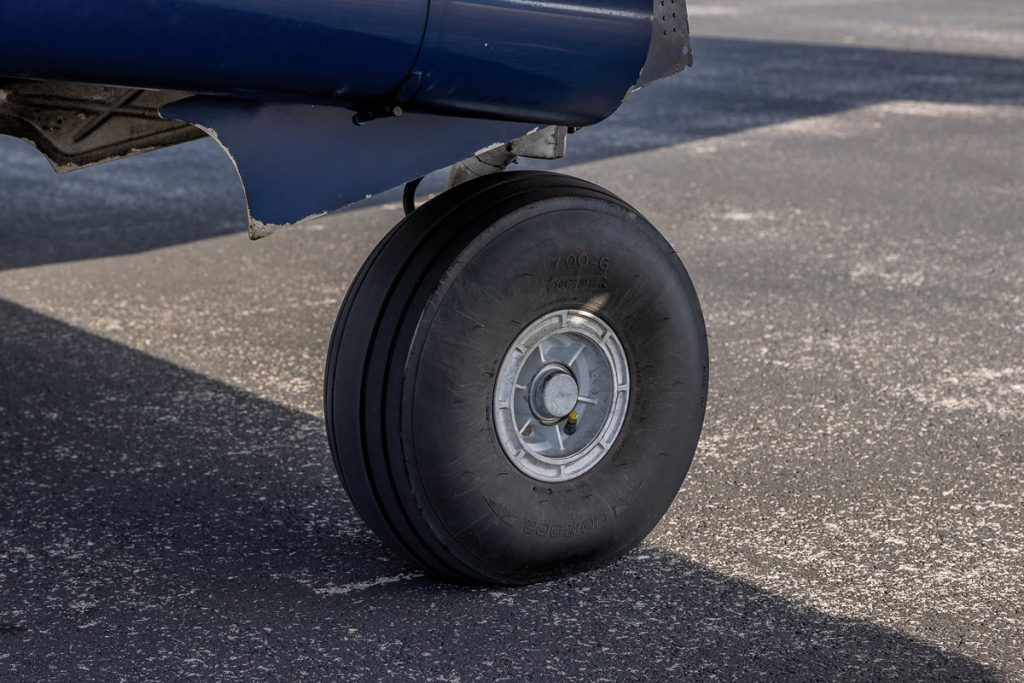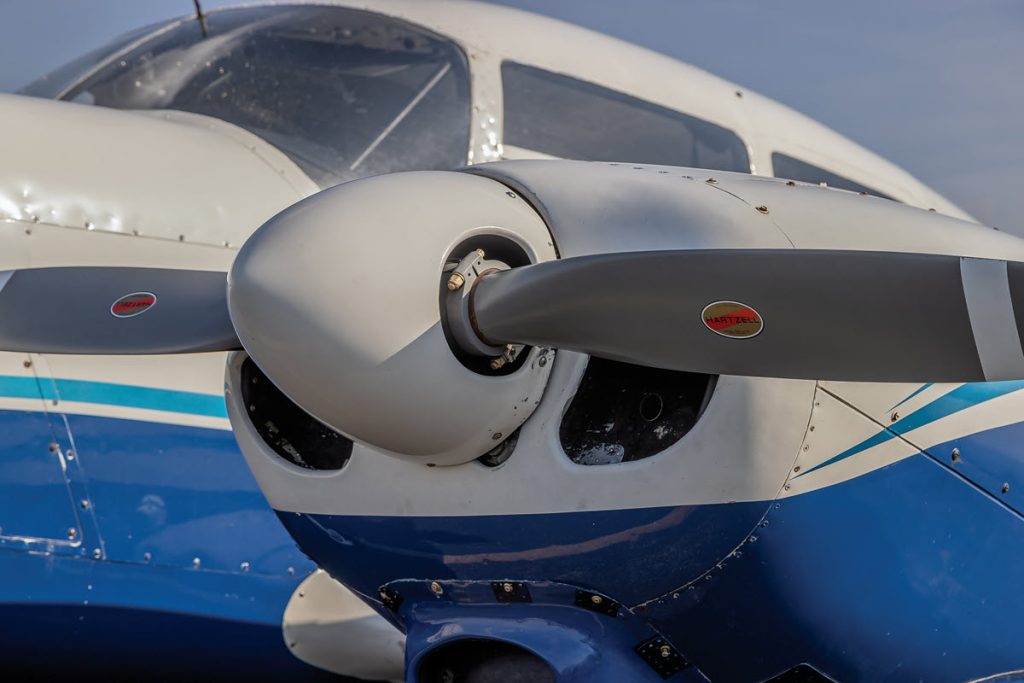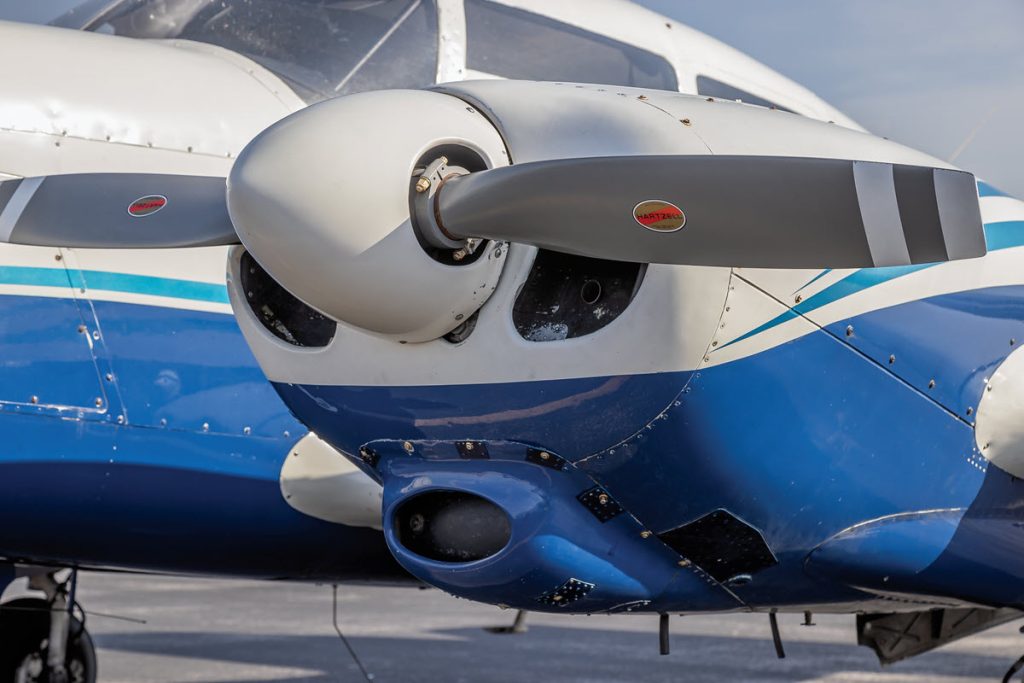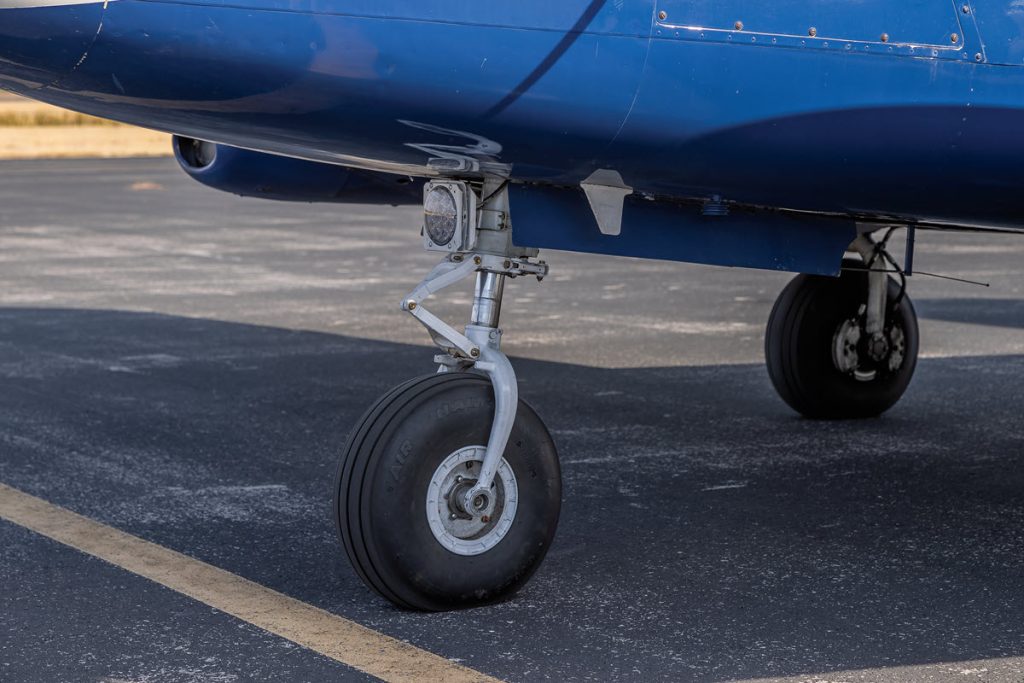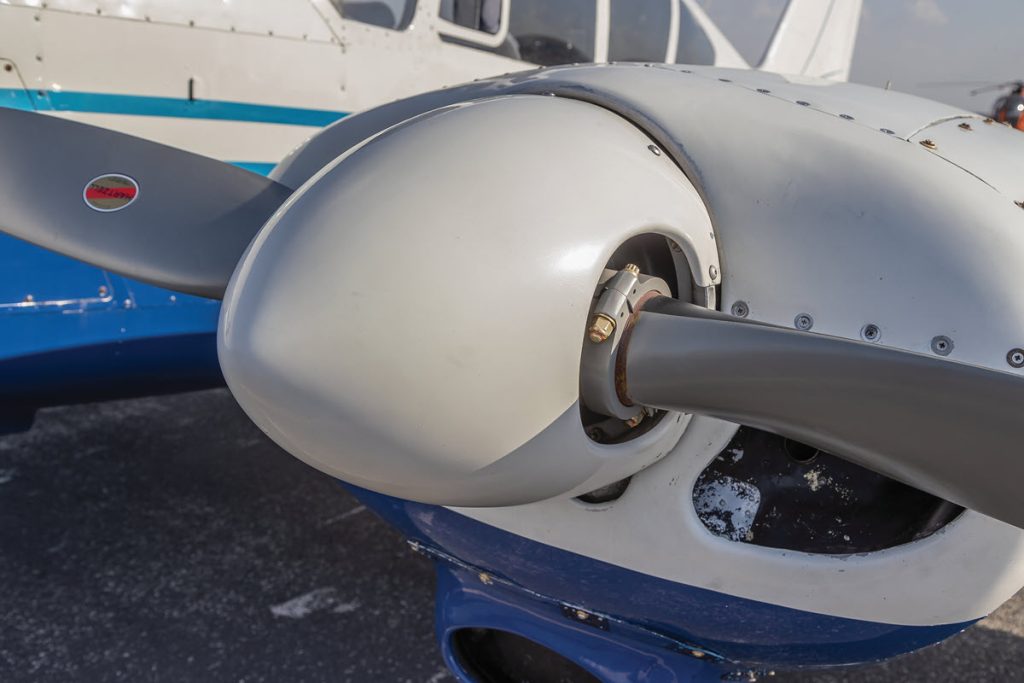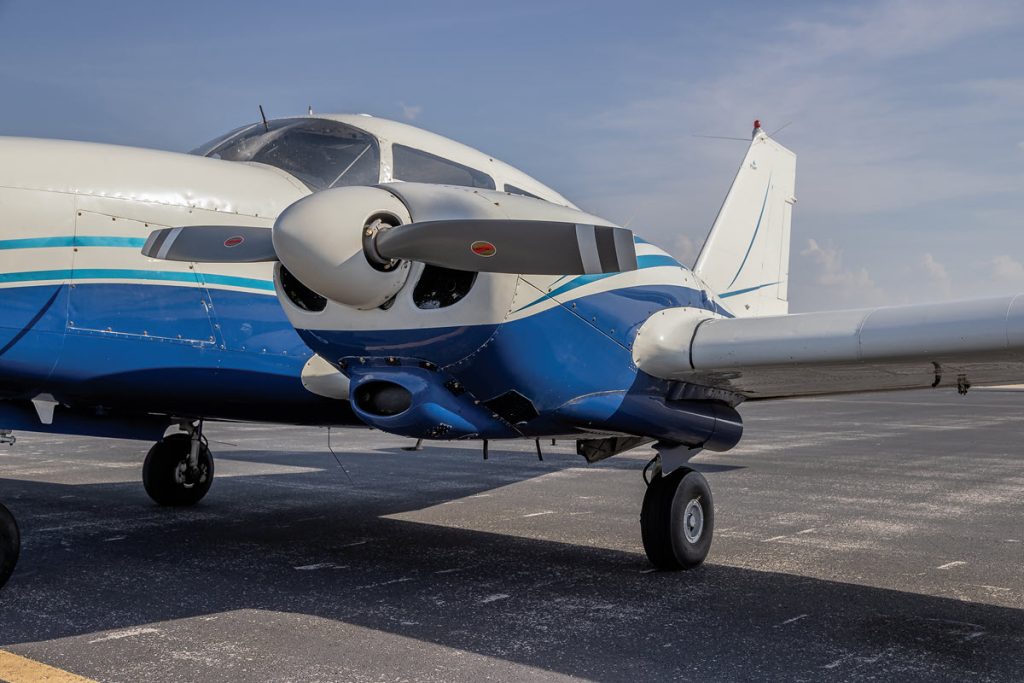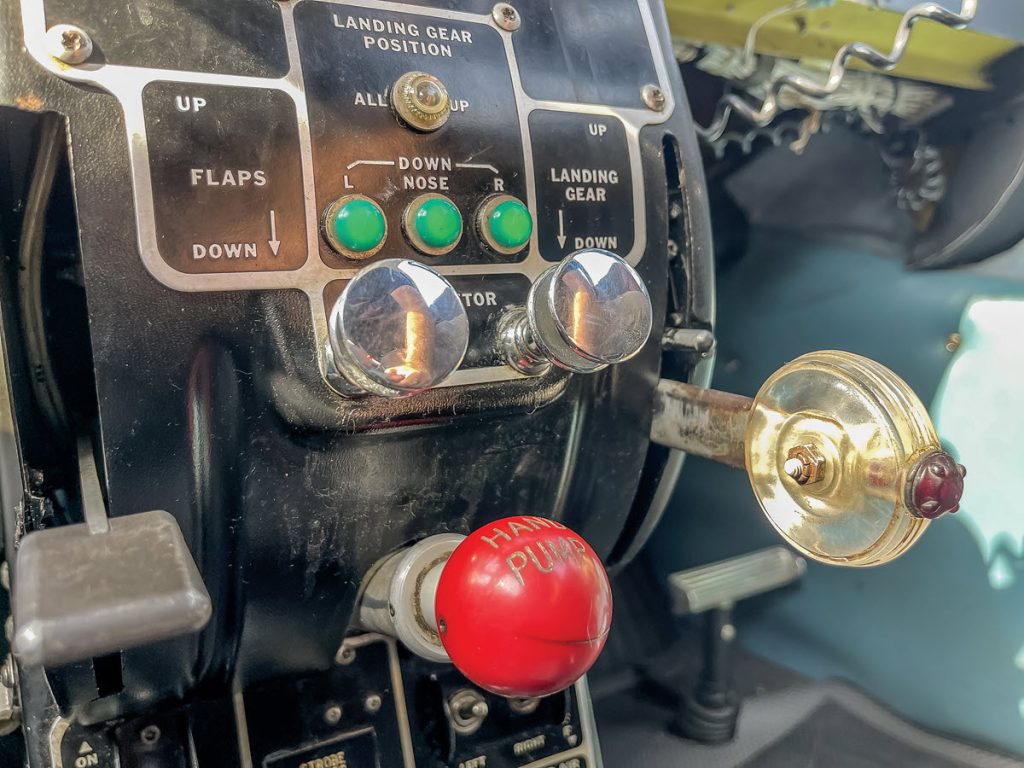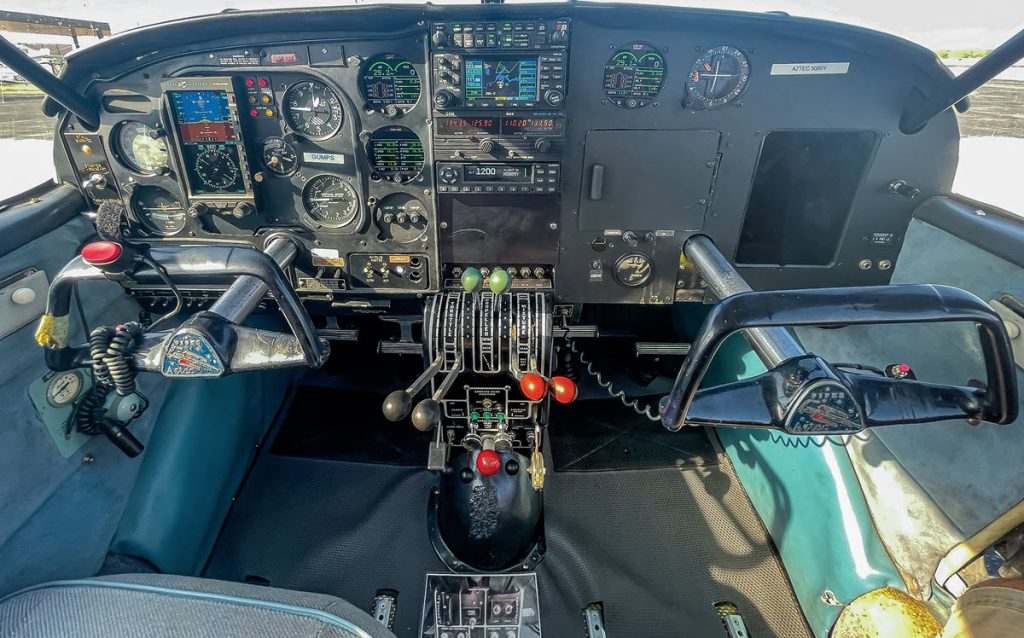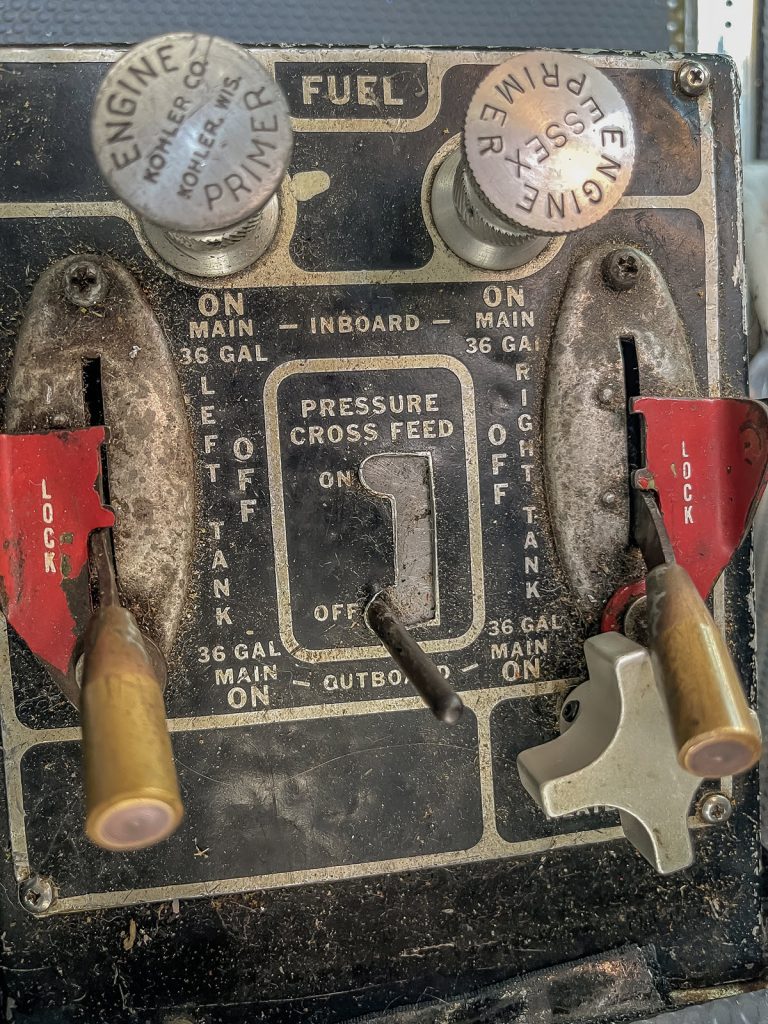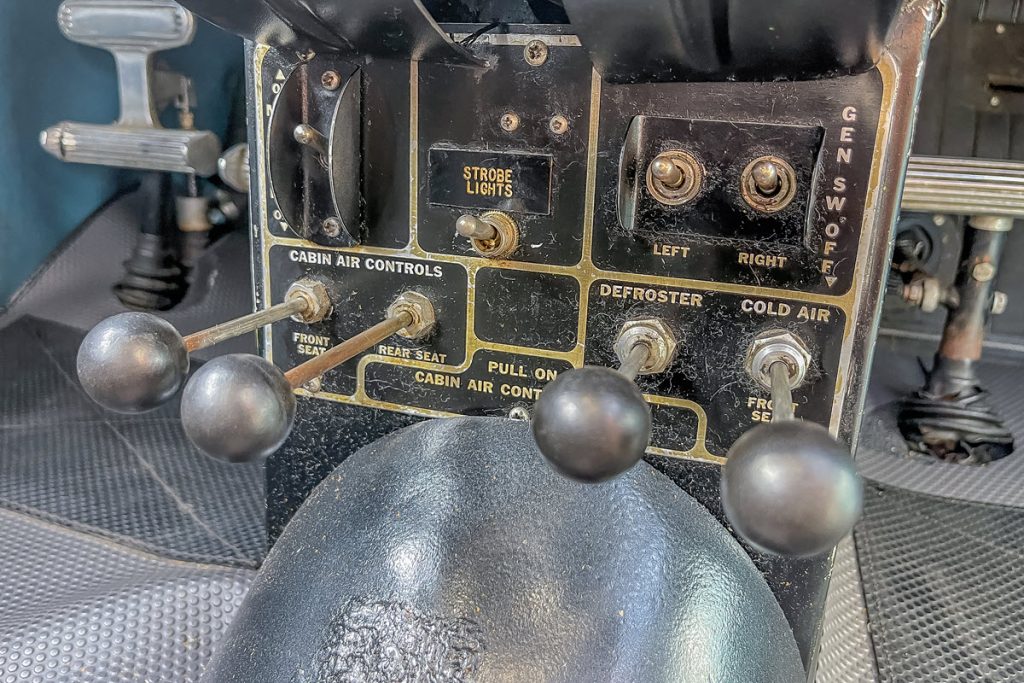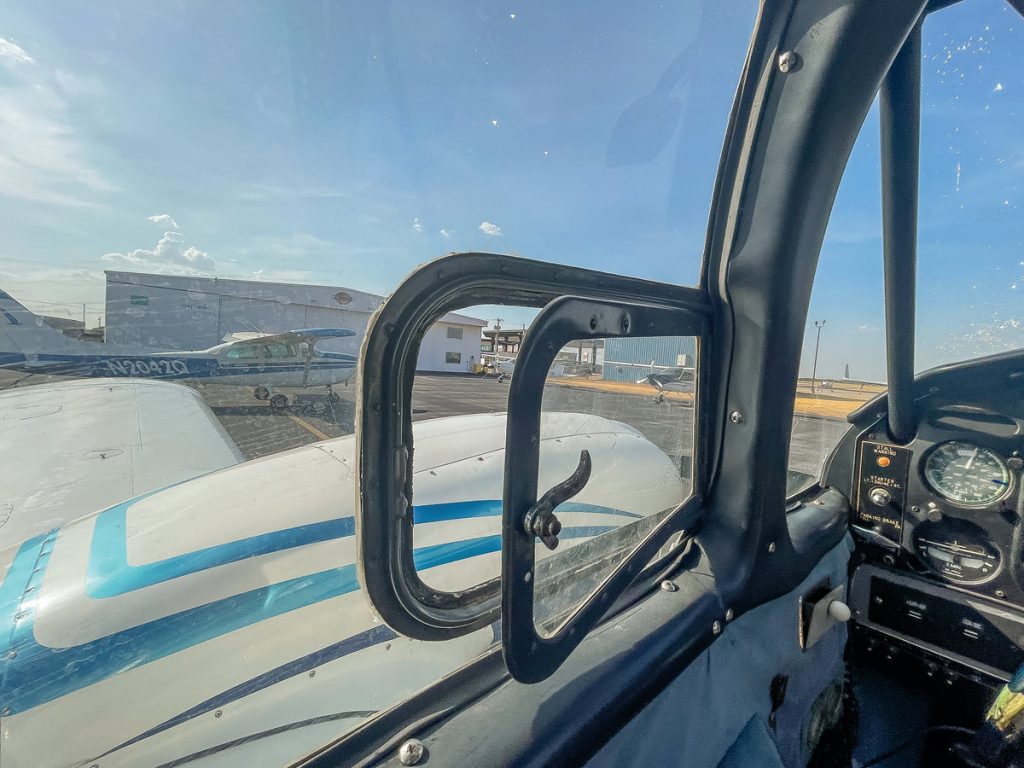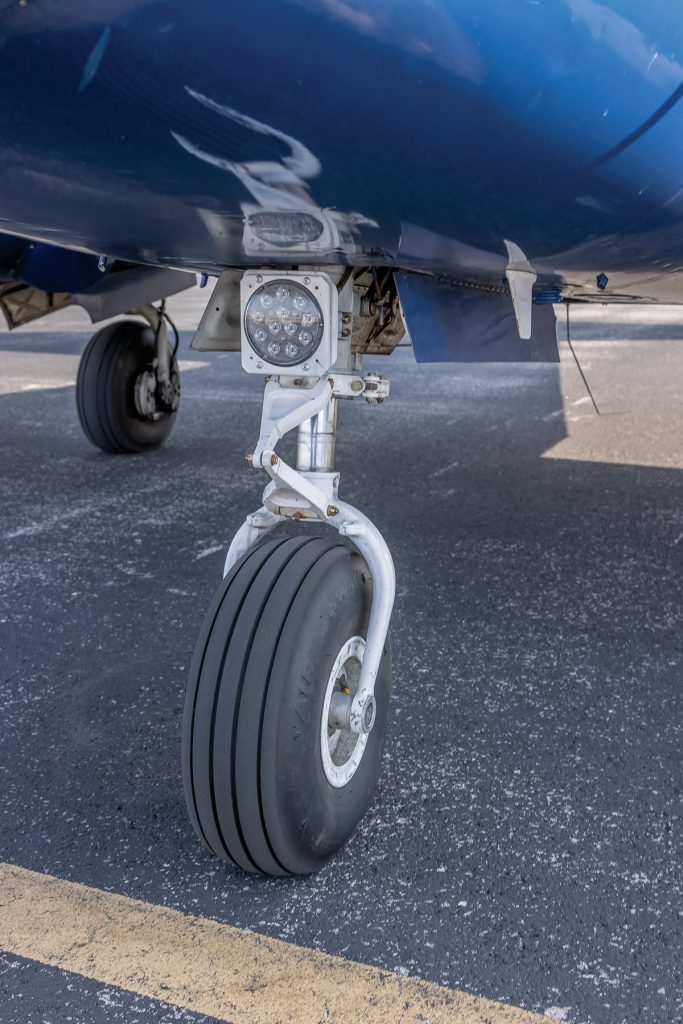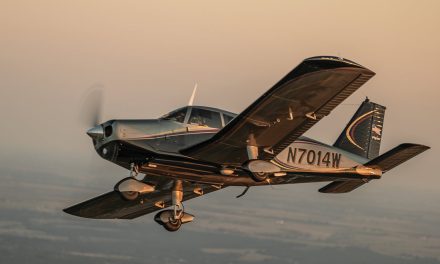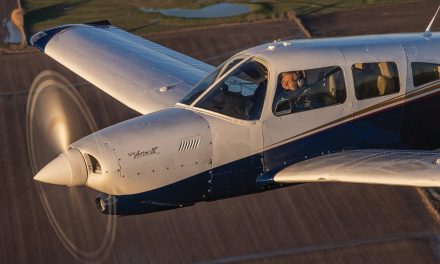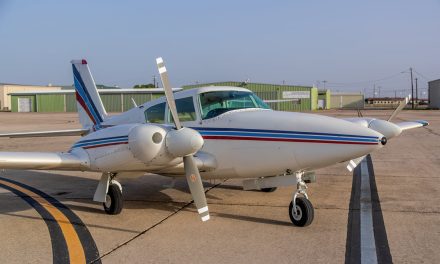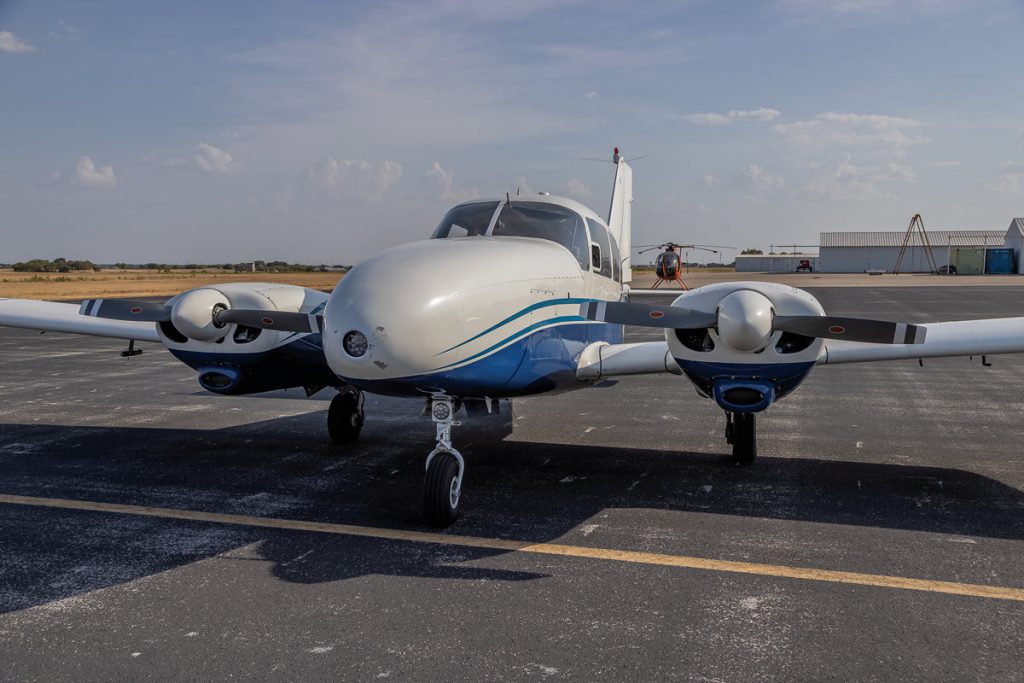
By Greg Seubert
A love for skydiving grew into a love of aviation for Aaron Lewis. He’s also turned that love of aviation into a career.
Aaron is the site manager and director of operations at Kachemak Bay Flying Service, a wholly owned subsidiary of System Studies & Simulation (S³), which provides variety of aviation services to commercial, government, and partner nation customers. KBFS has locations in Temple, Texas; Crestview, Florida; and Huntsville, Alabama. Aaron is based at Drauton-Miller Central Texas Regional Airport in Temple.
“I got into aviation from skydiving,” Aaron said. “I was very much into skydiving both on the civilian side and military side, so naturally, I was around airplanes and pilots. One of my good friends Drew, a UH-60 pilot at the time, asked if I had ever applied to become a pilot in the military. I had but was denied some years before this conversation because of my eyesight. Drew knew that I had gotten PRK (photoreactive keratotomy) two years before this conversation and knew the Army was specifically looking for candidates who had PRK. I applied and now her I am. I started as a helicopter pilot in the Army and while at Fort Campbell, I learned to fly airplanes in 2011. I still fly both on a regular basis. I retired as a UH-60 pilot in the Army after 22 years. I have spent about six years now flying Part 135 HAA (Helicopter Air Ambulance) jobs all over the United States for Metro Aviation.”
Aaron said the opportunity to remain close to home led to his current position. “I took the position as the director of operations at Kachemak Bay Flying Service to remain closer to my home in Salado, Texas,” he said. “My kids are both very involved with sports and I want to be able to attend as many of their games and matches as possible. My son Mason plays ice hockey — yes, in Texas — and my daughter Mila is a competitive Jiu-Jitsu fighter.”
Staying Close to Home
“I really do have a love and passion for flying and managing aircraft,” Aaron said. “I not only manage the air charter side of Kachemak Bay Flying Service, I also run the entire operation, which includes a full maintenance shop that is Robinson and Tecnam certified, a Part 145 avionics repair shop, a Part 141 flight school that will soon take VA GI Bill benefits, a Part 133 external load certificate, and a Part 137 agricultural certificate. To say I do a little bit of everything is somewhat of an understatement. I miss being responsible for just flying a helicopter with a patient and medical crew in it.”
Kachemak Bay Flying Service currently holds certifications for CFR 14 FAA Part 133 (external loads), Part 135 (nonscheduled transport), Part 137 (agricultural spray operations), Part 141 (flight training), and Part 145 (repair station).
In addition to its current commercial operations, KBFS also provides contract aviation support to the U.S. Department of Defense; other federal agencies; and U.S.-approved foreign militaries and security organizations. The S³/KBFS International ISR Training Academy in Crestview, Florida, provides pilot, mission system operator, flying crew chief, and loadmaster qualification training in air-land, airdrop, and Intelligence, Surveillance, and Reconnaissance (ISR) mission sets.
KBFS began helicopter services in 2007 when S³ purchased the original Kachemak Bay air services, a well-known fixed-wing operation in Alaska. Today, KBFS offers fixed and rotary wing aviation services and provides selected fixed-base operations task support in Temple.
To meet growing government military contracts, KBFS added another training site at Bob Sikes Airport in Crestview in 2012. The Crestview site is now the home of the KBFS ISR Training Academy. In addition to a comprehensive menu of aircraft services, KBFS in 2013 acquired Summit Aviation, a Part 145 Avionics Repair Facility that is an authorized sales and service center for Garmin navigation systems, COBHAM avionics, Meggett avionics, and S-TEC Corporation autopilot equipment. Summit Aviation, now a part of KBFS, has been a long-standing corporate member of the American Electronics Association and has serviced General Aviation maintenance requirements in central Texas for more than 20 years. KBFS also acquired Skyline Columbus, a Part 141 operation in Georgia, and moved the company to Temple in 2014.
Aaron spends much of his airtime in multi-engine airplanes, including a Piper PA-23. The PA-23, named Apache and later Aztec, is a four- to six-seat twin-engine light aircraft aimed at the general aviation market. The U.S. Navy and military forces in other countries also used it in small numbers. Stinson Aircraft Co. originally designed the plane, the Twin Stinson, in the 1950s. Piper Aircraft manufactured the Apache and a more powerful version — the Aztec — in the United States from the 1950s until the 1980s. Piper upgraded the Apache in 1960 with 250-hp Lycoming engines, new flight instrumentation, a swept vertical fin that increased performance, and a new name. Piper went on to build more than 4,800 Aztecs.
“Multi-engine airplanes are great, especially the Aztec,” Aaron said. “The Aztec runs out of cubic space before it runs out of weight, unless you’re flying plate weights around. However, not all multi-engine airplanes are created equal. The Aztec has amazing single-engine performance, and VMC on the Aztec is very forgiving compared to some multis. The thing with multi-engine aircraft is that they’re not all created equal. On the single side, one thing holds true: if the engine quits, they all become gliders. On the multi side, some multi’s don’t have single-engine capability in most conditions. However, the Aztec is very single-engine capable and thus why I chose the Aztec.”
The PA-23 was Piper’s first twin-engined aircraft that Piper inherited after the firm bought the Stinson Division of Consolidated Vultee Aircraft Corp. The prototype PA-23 was a four-seat, low-wing, all-metal monoplane with a twin tail, powered by two 125-hp piston engines.
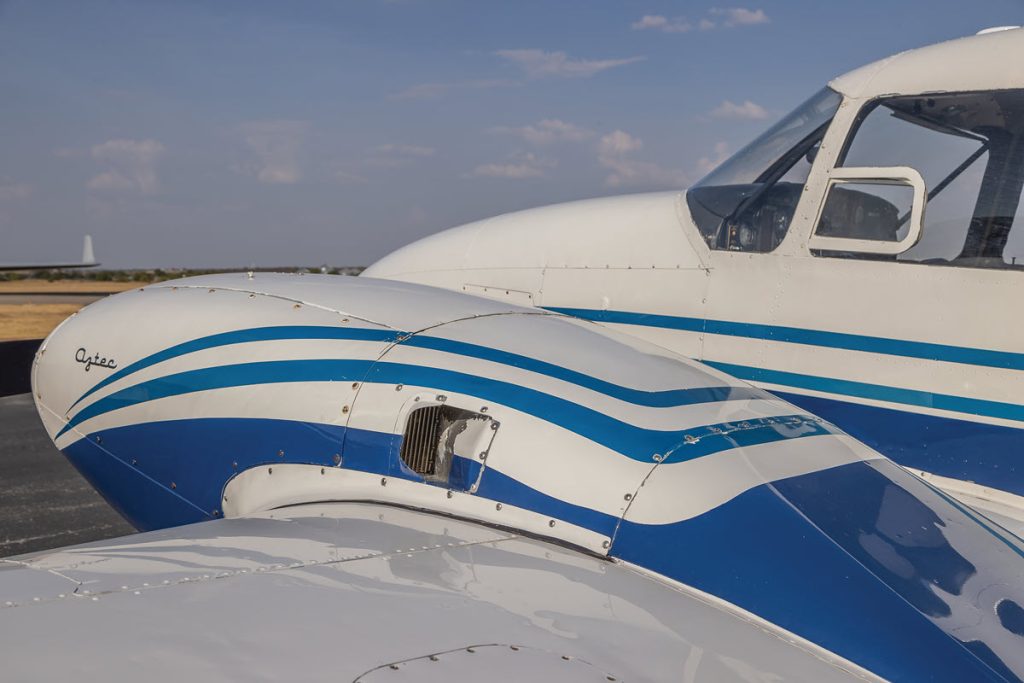
Aztec vs. Barron
“Because of the useful load, the Aztec is very capable,” Aaron said. “If you take a stock Barron and both take off at max gross weight, typically the Aztec is full on fuel and the Barron had to give up some fuel to fit some extra bags. Yes, the Barron is fast, but now has to stop for fuel sooner and if we have the same destination, we actually end up arriving at the same time.
“How do I know this?” he asked. “I’ve raced my Barron buddy. Another reason I chose the Aztec over the Barron was for the landing gear design. Barron is mechanical — yes, mechanical is simple and a great design — while the Aztec is hydraulic. Hydraulic lines and a pump are much cheaper than the mechanical system to maintain over time. Ask any Barron owner what they pay for the most on an annual. I bet they will say something about a bearing or bushing in the landing gear. Every other annual, I replace all the lines and pump just because it’s fairly cheap and good preventative maintenance.”
With all Aaron’s military and civilian aviation experience and now being the director of operations at Kachemak Bay Flying Service, the fact that he has chosen the Aztec over a myriad of other planes says a lot about this airframe, with its versatility and capabilities!
| Facts and Figures | |
| Engine make/model | Lycoming O-540-A1D5 (2) |
| Horsepower each | 250 |
| TBO hrs. each | 2,000 |
| Fuel type (octane) | 91 |
| Landing gear type | Tri/Retr. |
| Max gross weight (lbs.) | 4,800 |
| Empty weight (lbs.) | 2,900 |
| Useful load, std. (lbs.) | 1,900 |
| Usable fuel, std. (gals.) | 144 |
| Wingspan | 37 ft., 1-3/4 in. |
| Overall length | 30 ft., 2-5/8 in. |
| Height | 10 ft. 3 in. |
| Wing area (sq. ft.) | 207.56 |
| Power loading (lbs./hp.) | 9.6 |
| Seating capacity | 4 |
| Cabin doors | 1 |
| Baggage/cargo doors | 2 |
| Baggage capacity (lbs.) | 300 |
| Performance | |
| Top speed (mph) | 215 |
| Cruise speed (mph) | |
| Max. cruise @ 7,000 ft. | 205 |
| Economy cruise @ 10,000 ft. | 200 |
| Max range (sm) | |
| @ max cruise | 1,025 |
| @ economy cruise | 1,160 |
| Best rate of climb (fpm) | 1,650 |
| Service ceiling (ft.) | 22,500 |
| Takeoff ground roll (ft.) | 750 |
| Takeoff over 50-ft. obstacle (ft.) | 1,100 |
| Landing ground roll (ft.) | 900 |
| Landing over 50-ft. obstacle (ft.) | 1,260 |
All data taken from the Standard Catalog of Piper Twin Engine Aircraft (JP Media LLC). Every vintage airplane is now different; do not use these specs to plan a flight.
Select a photo to open a pop-up slideshow
